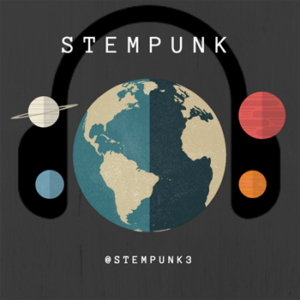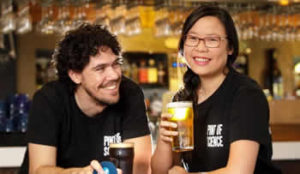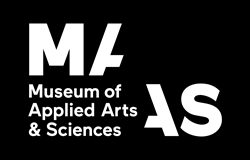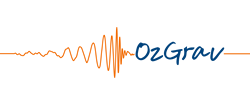When: Tuesday 13th November, 9:15am – 11:15am
Where: L1, Level 2 to the left of the registration/foyer area, down the hallway and through the doors on the right
Hashtag: #T4
Communicating science and technology research that has societal impacts can be challenging. Individuals engage with research from diverse points of view, and some communication, event and activity formats do not incorporate or acknowledge these different personal and cultural narratives. This can exclude or discourage audiences, or miss opportunities to reach new ones.
This interactive workshop will explore how art science collaborations can offer a different way to engage audiences with such research. With a ground-up introduction, selected examples from world practice, collaborative activities, and take-home tips from experienced facilitators, participants can dip a toe into the excitement, challenge and rigour involved in facilitating, producing or participating in art-science collaborations.
Session Producers/Workshop Facilitators/Presenters
David Robertson, Lecturer, Monash University
Lizzie Crouch, Senior Coordinator of Engagement, SensiLab, Monash University
Presenter
Nathan Harrison, Performer and Writer, Applespiel
